Home>Gardening & Outdoor>Pool & Spa Care>What Is Bromine In A Hot Tub
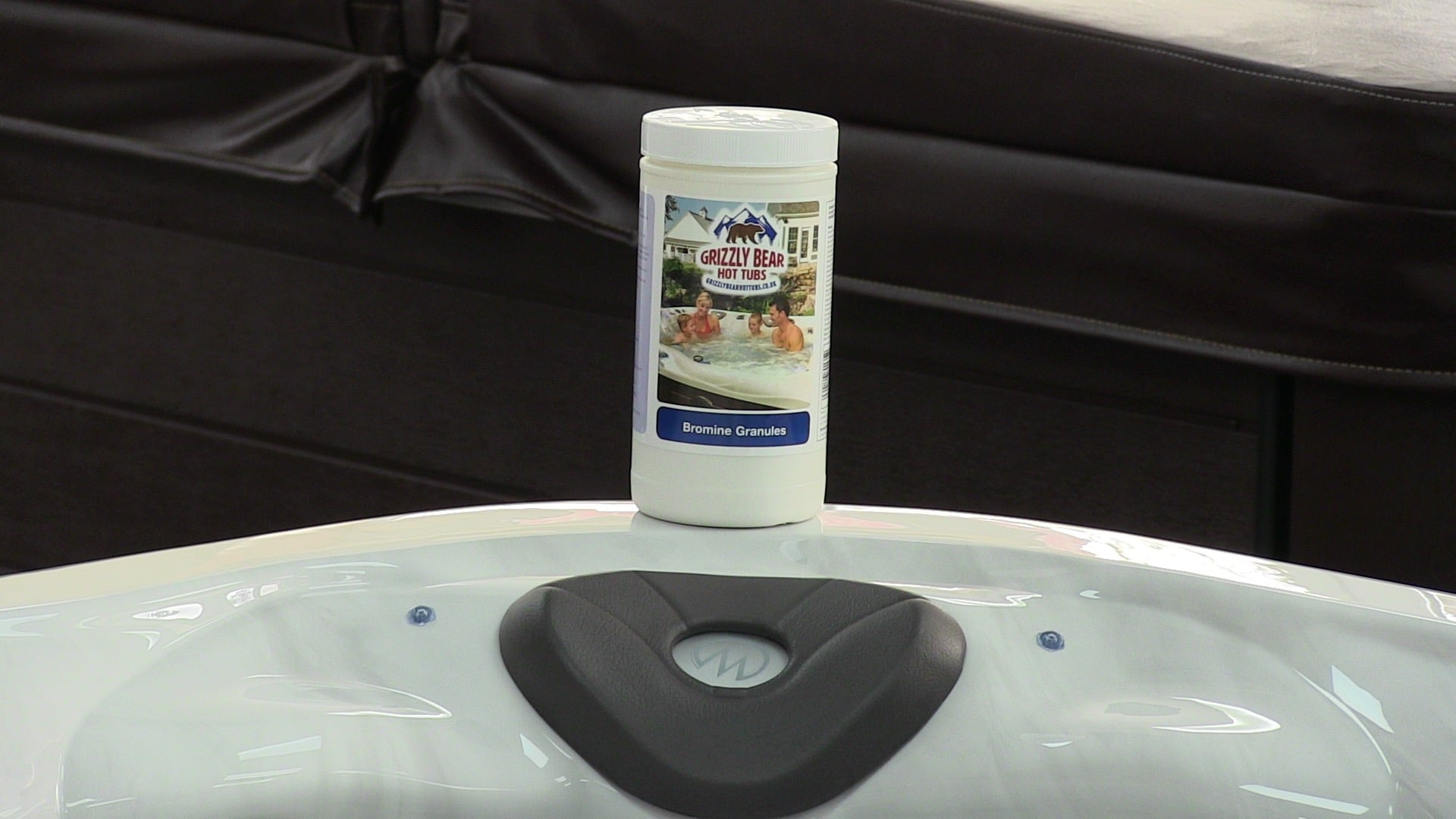

Pool & Spa Care
What Is Bromine In A Hot Tub
Published: December 29, 2023
Learn about the benefits and importance of bromine in hot tubs for effective pool and spa care. Understand how bromine keeps your hot tub clean and safe.
(Many of the links in this article redirect to a specific reviewed product. Your purchase of these products through affiliate links helps to generate commission for Storables.com, at no extra cost. Learn more)
Introduction
So, you've got a hot tub, and you're committed to keeping it clean and safe for all those luxurious soaks. One essential aspect of hot tub care is maintaining the right balance of chemicals, and bromine is a key player in this maintenance routine. In this article, we'll delve into the world of bromine and its crucial role in hot tub water care.
Whether you're a seasoned hot tub owner or a newcomer to the world of aqua relaxation, understanding the role of bromine in hot tubs is vital for ensuring a hygienic and enjoyable soaking experience. Let's embark on a journey to uncover the significance of bromine and how it contributes to the overall well-being of your hot tub.
Key Takeaways:
- Bromine is a key chemical element in hot tub maintenance, effectively combating bacteria and algae while offering a more pleasant soaking experience with minimal odor and skin irritation.
- While bromine provides effective sanitization for hot tubs, owners should be aware of potential drawbacks such as cost and handling precautions, and implement proactive measures to maximize its benefits.
Read more: How To Shock Bromine In A Hot Tub
What Is Bromine?
Bromine is a chemical element that belongs to the halogen group, which also includes chlorine and fluorine. It exists as a reddish-brown liquid at room temperature and has a sharp, unpleasant odor. In the context of hot tubs and pool care, bromine is commonly used as a sanitizer to kill and control bacteria, algae, and other potentially harmful microorganisms that can thrive in warm water.
Unlike chlorine, which is typically used in swimming pools, bromine is the preferred sanitizing agent for hot tubs and spas. This preference is due to bromine’s stability at higher temperatures and its ability to remain effective in a wider pH range. Additionally, bromine is less likely to produce strong odors or cause skin and eye irritation, making it a popular choice for hot tub enthusiasts.
Bromine is available in various forms for hot tub use, including bromine tablets, granules, and cartridges. These products are designed to dissolve slowly in water, providing a steady release of bromine to maintain a consistent sanitizing effect over time.
Understanding the nature of bromine and its unique properties is essential for effectively managing hot tub water quality. Now that we have a basic understanding of what bromine is, let’s explore its significance in the realm of hot tub maintenance.
Importance of Bromine in Hot Tubs
Bromine plays a crucial role in maintaining the cleanliness and safety of hot tub water. As a powerful sanitizer, bromine effectively combats bacteria, viruses, and algae, preventing them from thriving in the warm and inviting environment of a hot tub. This is particularly important because hot tubs provide an ideal breeding ground for microorganisms due to the elevated temperatures and organic contaminants introduced by bathers.
One of the key advantages of using bromine in hot tubs is its resilience in fluctuating pH levels. Unlike chlorine, which can become rapidly ineffective in high pH conditions, bromine remains stable and continues to sanitize the water effectively. This stability allows hot tub owners to maintain a more forgiving pH environment without compromising the sanitizing power of bromine.
Furthermore, bromine is known for its ability to withstand high temperatures, making it an ideal choice for hot tubs and spas. As the water temperature in hot tubs is typically higher than that of swimming pools, the use of bromine ensures consistent sanitation without being compromised by the heat. This reliability is essential for ensuring that hot tub water remains safe and inviting for users.
Another important aspect of bromine’s significance in hot tubs is its minimal odor and reduced potential for causing skin and eye irritation. Unlike chlorine, which can produce strong chemical odors and lead to discomfort for bathers, bromine offers a more pleasant and gentle experience. This is especially beneficial for individuals with sensitive skin or allergies, allowing them to enjoy the hot tub without concerns about chemical irritants.
By understanding the importance of bromine in hot tubs, owners can make informed decisions regarding water care and maintenance. The unique properties of bromine make it an indispensable component of hot tub sanitation, contributing to a clean, safe, and enjoyable soaking experience for all.
How Does Bromine Work in Hot Tubs?
When bromine is introduced into a hot tub, it serves as a powerful sanitizer, working to eliminate bacteria, viruses, and algae that can compromise water quality and pose health risks to bathers. The process of bromine sanitization involves several key mechanisms that contribute to its effectiveness in hot tub water care.
Bromine works by breaking down organic contaminants in the water, such as sweat, oils, and other residues left behind by bathers. As these contaminants are introduced into the hot tub, bromine reacts with them, neutralizing their impact and preventing the formation of harmful byproducts. This process helps to maintain water clarity and purity, creating a hygienic environment for soaking.
One of the unique aspects of bromine is its ability to form bromamines, which are powerful sanitizing byproducts that continue to actively combat microorganisms in the water. Unlike chloramines, which can produce strong odors and cause irritation, bromamines are less likely to create unpleasant smells and are gentler on the skin and eyes. This contributes to a more pleasant and comfortable soaking experience for hot tub users.
Another important feature of bromine’s function in hot tubs is its sustained release mechanism. Bromine products designed for hot tub use are formulated to dissolve slowly in water, ensuring a consistent and steady release of bromine over time. This controlled release allows for continuous sanitization, even in the presence of organic contaminants and fluctuations in water conditions.
Furthermore, bromine remains effective over a wider pH range compared to chlorine, providing greater flexibility in maintaining water balance. This means that hot tub owners can manage their water chemistry with less concern about the impact on bromine’s sanitizing power, resulting in a more manageable and forgiving water care routine.
By understanding how bromine works in hot tubs, owners can appreciate its unique mechanisms and benefits, allowing them to make informed decisions about water care products and maintenance practices. The effectiveness and reliability of bromine contribute to a clean, safe, and inviting hot tub environment for all to enjoy.
Make sure to regularly test the bromine levels in your hot tub to ensure it stays within the recommended range of 3-5 ppm. This will help to effectively sanitize the water and keep it safe for use.
Benefits of Using Bromine in Hot Tubs
Utilizing bromine as a primary sanitizing agent in hot tubs offers a range of benefits that contribute to the overall maintenance and enjoyment of the spa environment. Understanding these advantages can help hot tub owners make informed decisions about water care products and ensure a hygienic and inviting soaking experience for themselves and their guests.
- Effective Sanitization: Bromine is highly effective at eliminating bacteria, viruses, and algae in hot tub water, providing a clean and safe environment for bathers. Its powerful sanitizing properties help maintain water clarity and purity, reducing the risk of waterborne illnesses and infections.
- Stability in High Temperatures: Unlike chlorine, bromine remains stable and effective at elevated temperatures, making it well-suited for hot tubs and spas. This stability ensures consistent sanitization, even in the presence of warm water, offering reliable protection for hot tub users.
- Resilience in Fluctuating pH Levels: Bromine maintains its sanitizing power over a wider pH range compared to chlorine, providing greater flexibility in water chemistry management. This resilience simplifies water care routines and reduces the need for frequent adjustments, contributing to a more manageable maintenance process.
- Minimal Odor and Irritation: Bromine produces fewer strong chemical odors and is less likely to cause skin and eye irritation compared to chlorine. This results in a more pleasant and comfortable soaking experience for hot tub users, particularly those with sensitive skin or allergies.
- Continuous Sanitization: Bromine products designed for hot tub use dissolve slowly, ensuring a steady and sustained release of bromine into the water. This controlled release mechanism allows for continuous sanitization, even in the presence of organic contaminants, contributing to consistent water quality.
By leveraging these benefits, hot tub owners can maintain a clean, safe, and enjoyable environment for relaxation and rejuvenation. The reliability and effectiveness of bromine as a sanitizing agent make it an indispensable component of hot tub water care, supporting a positive and hygienic soaking experience for all.
Read more: How To Use Bromine Tablets In A Hot Tub
Potential Drawbacks of Bromine in Hot Tubs
While bromine offers numerous benefits as a sanitizing agent in hot tubs, it is important to consider potential drawbacks associated with its use. Understanding these limitations can help hot tub owners make informed decisions about water care products and develop strategies to mitigate any challenges that may arise.
- Cost: Bromine products may be more expensive than some chlorine-based alternatives, potentially increasing the overall cost of hot tub maintenance. However, the long-lasting and stable nature of bromine can offset this drawback by providing consistent and reliable sanitization.
- Slower Activation Time: Bromine may take longer to activate and establish its sanitizing effect compared to chlorine, which can lead to a delayed response in addressing water contamination. However, once activated, bromine offers sustained and continuous sanitization.
- Staining Potential: In rare cases, bromine can contribute to staining on hot tub surfaces if not properly managed. This risk can be mitigated through regular water testing, proper maintenance, and the use of stain prevention products.
- Handling Precautions: Bromine products, particularly in concentrated forms, require careful handling to prevent skin and eye irritation. Hot tub owners should follow safety guidelines and use protective gear when handling bromine to minimize potential risks.
- Compatibility with Certain Materials: Some hot tub materials and components may be sensitive to bromine, leading to potential corrosion or degradation over time. It is important to consult with manufacturers and adhere to specific guidelines to ensure compatibility with bromine-based water care products.
By acknowledging these potential drawbacks and implementing proactive measures, hot tub owners can effectively manage the use of bromine and maximize its benefits while minimizing any associated challenges. Understanding the nuances of bromine’s application in hot tub maintenance empowers owners to create a clean, safe, and harmonious soaking environment for all to enjoy.
Conclusion
As we conclude our exploration of bromine’s role in hot tub maintenance, it becomes evident that this chemical element plays a pivotal part in ensuring the cleanliness, safety, and enjoyment of hot tub environments. From its powerful sanitizing properties to its stability in high temperatures and resilience in fluctuating pH levels, bromine offers a range of benefits that cater to the unique requirements of hot tub water care.
By leveraging the effective sanitization, minimal odor, and sustained release mechanisms of bromine, hot tub owners can create an inviting and hygienic environment for relaxation and rejuvenation. While it is essential to consider potential drawbacks such as cost, activation time, and handling precautions, proactive management strategies can mitigate these challenges and optimize the use of bromine in hot tub maintenance.
Ultimately, the informed application of bromine in hot tub water care contributes to a harmonious and enjoyable soaking experience for all users. Whether unwinding after a long day or hosting a gathering with friends and family, a well-maintained hot tub enriched with the benefits of bromine offers a sanctuary of relaxation and wellness.
As you continue your journey in hot tub ownership, remember that understanding the significance of bromine and its unique mechanisms empowers you to make informed decisions about water care products and maintenance practices. By embracing the advantages of bromine while addressing potential drawbacks with diligence and foresight, you can cultivate a clean, safe, and inviting hot tub environment that enhances your well-being and leisure experiences.
So, as you embark on your next soak in the warm embrace of your hot tub, take comfort in the knowledge that bromine stands as a reliable guardian of water quality, ensuring that your oasis of tranquility remains a source of relaxation and rejuvenation for years to come.
Frequently Asked Questions about What Is Bromine In A Hot Tub
Was this page helpful?
At Storables.com, we guarantee accurate and reliable information. Our content, validated by Expert Board Contributors, is crafted following stringent Editorial Policies. We're committed to providing you with well-researched, expert-backed insights for all your informational needs.
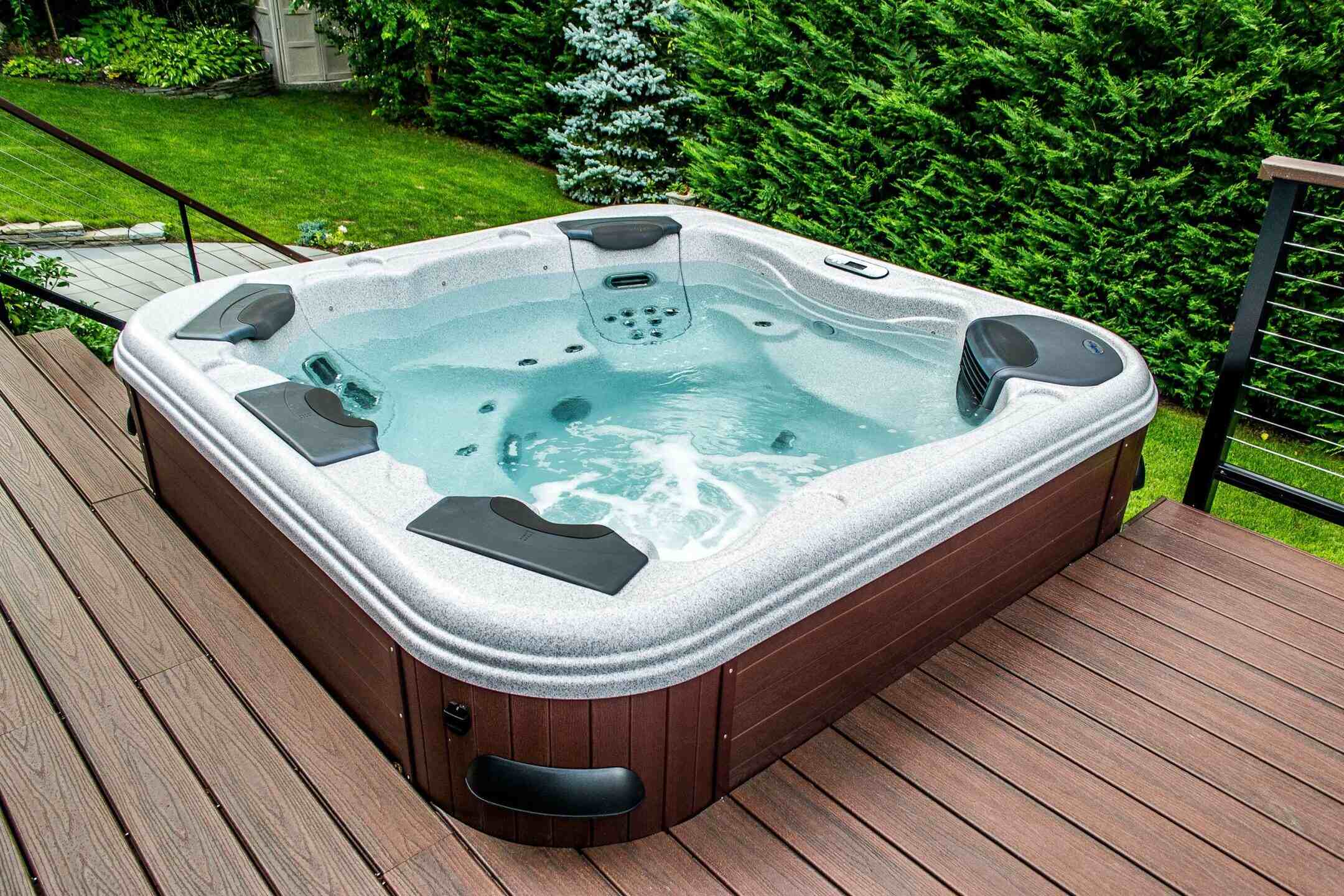
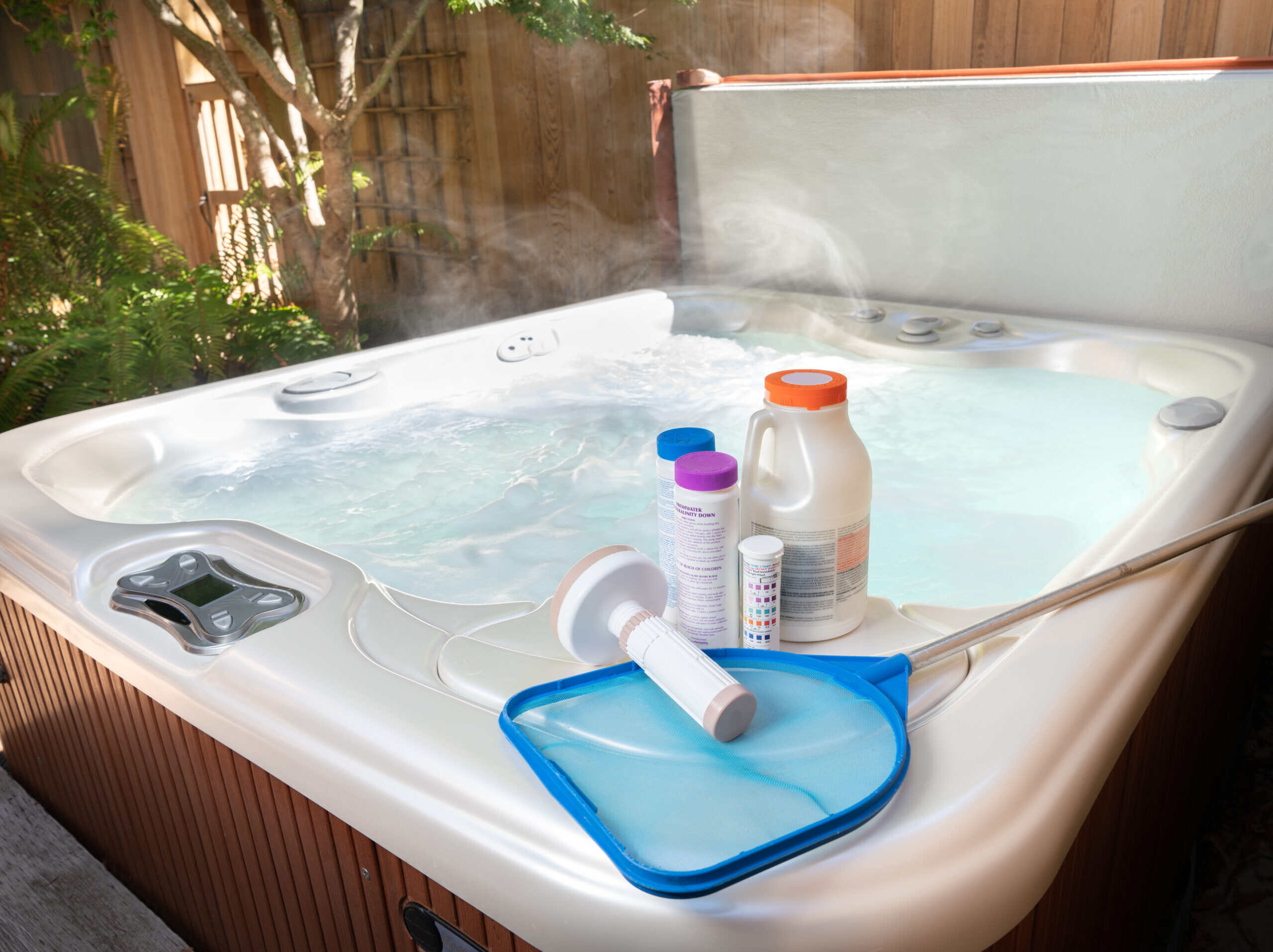
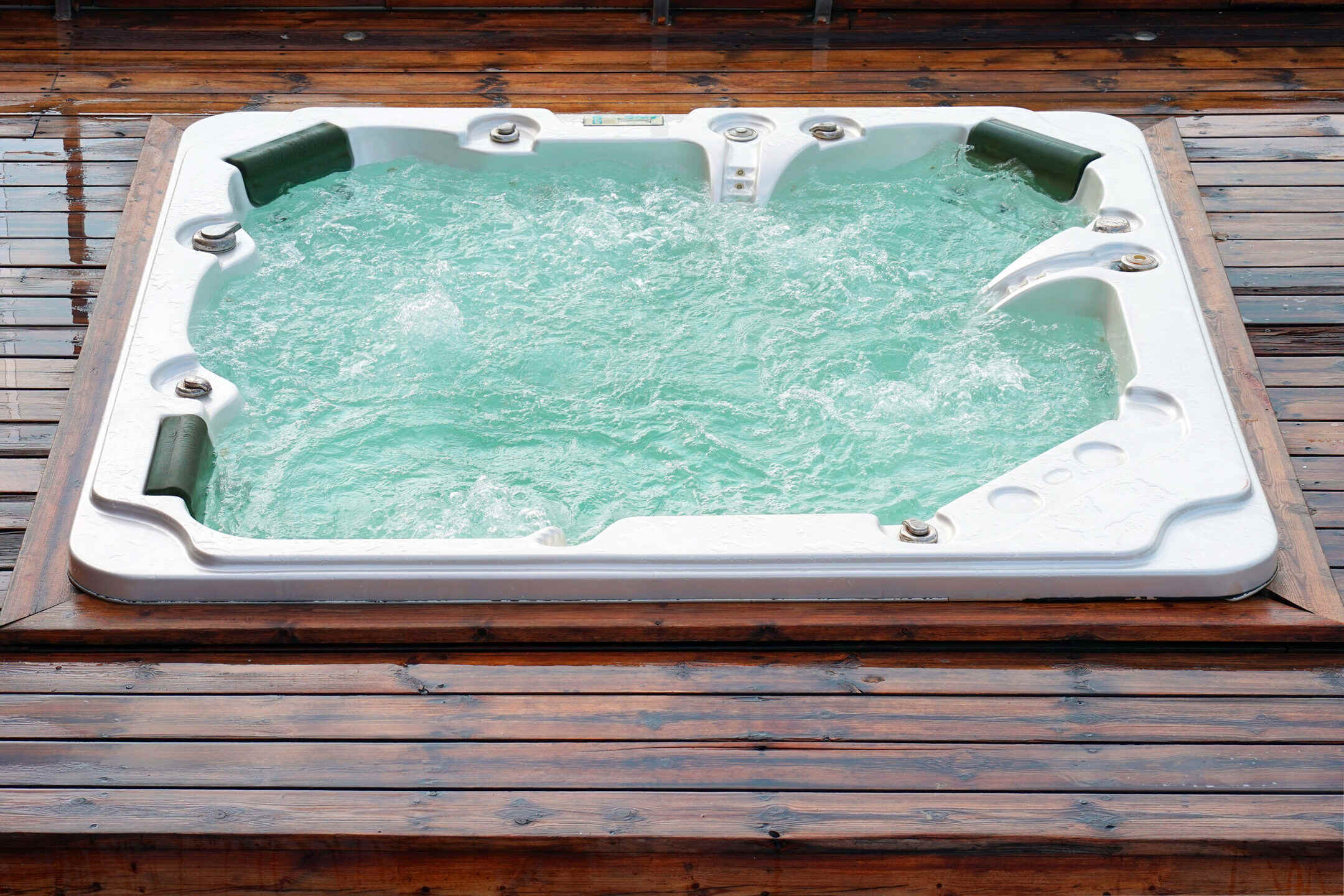
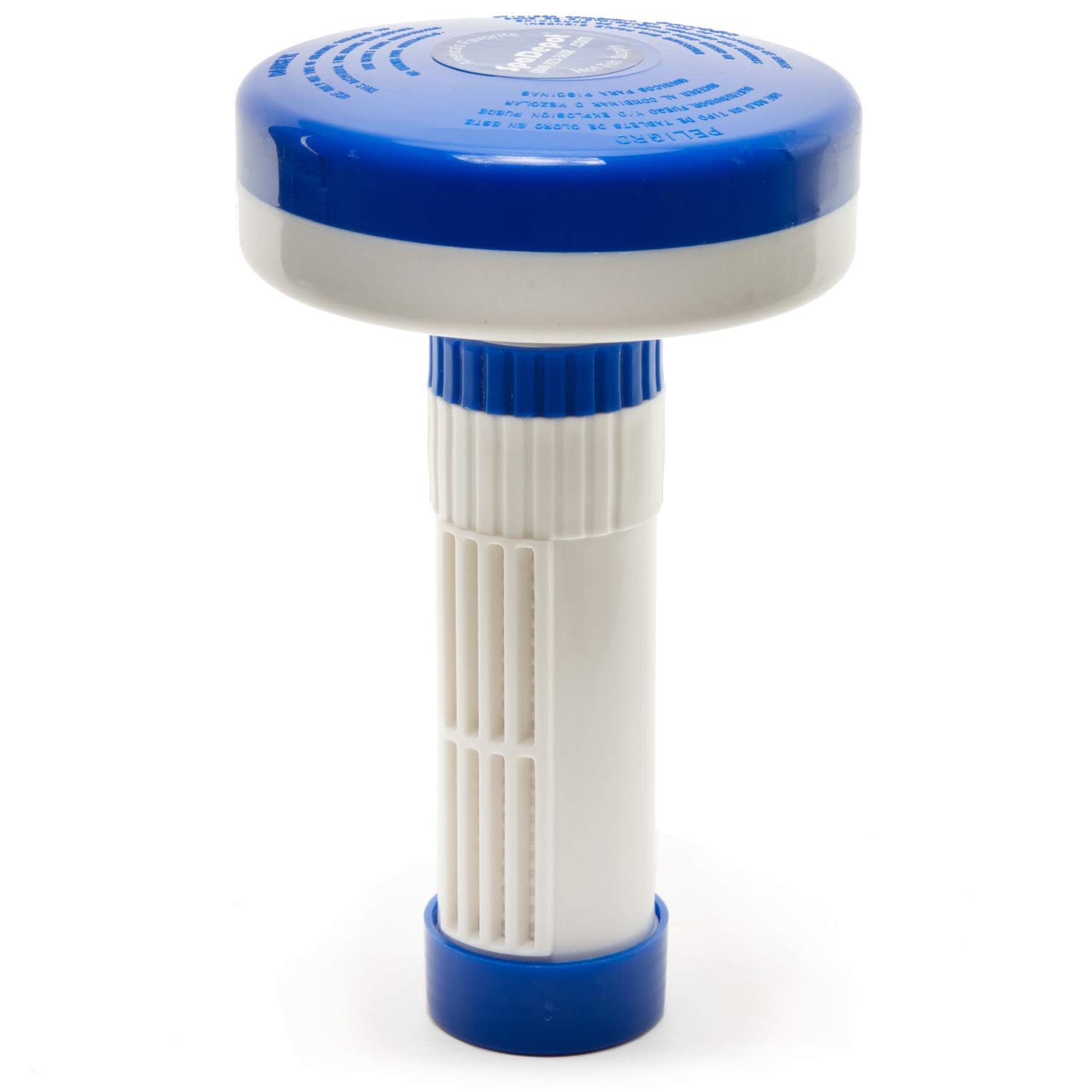
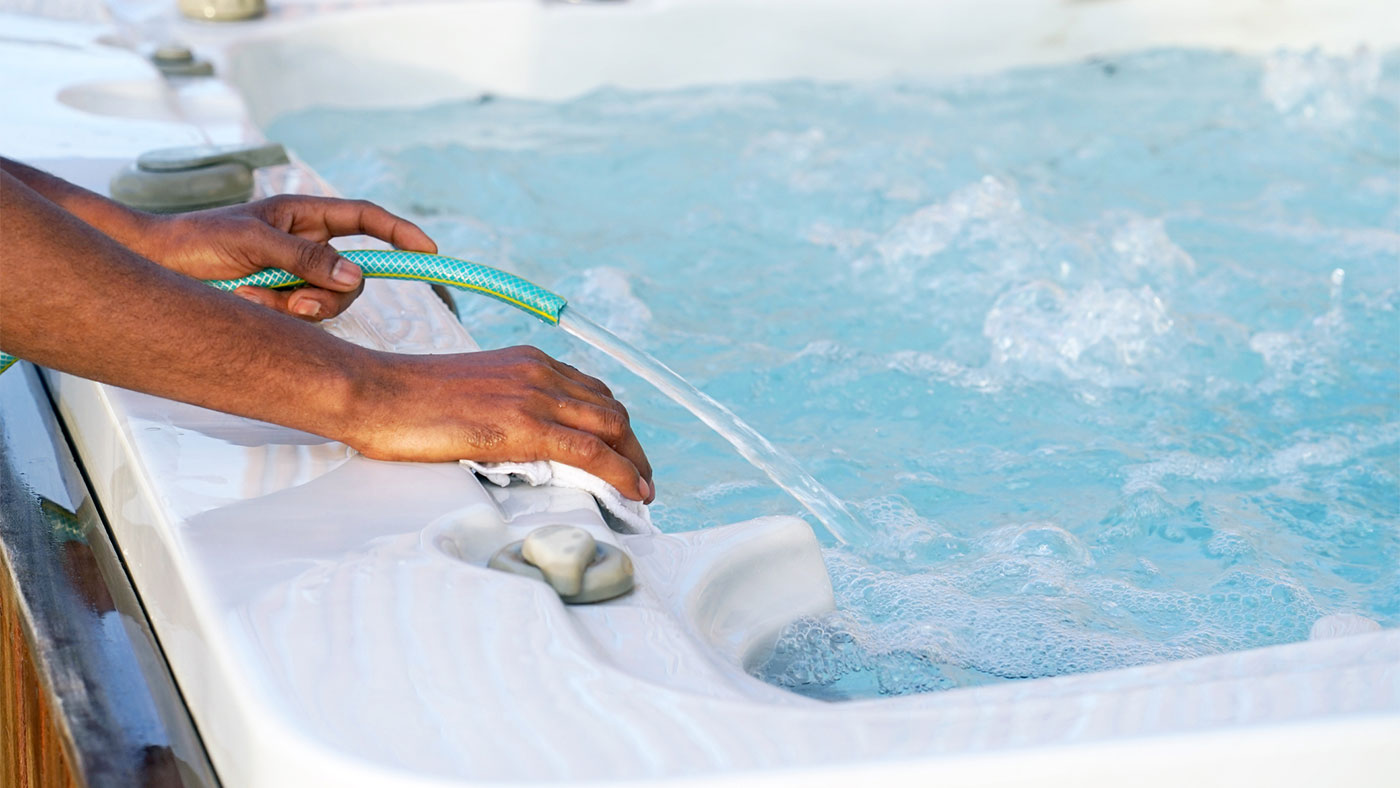
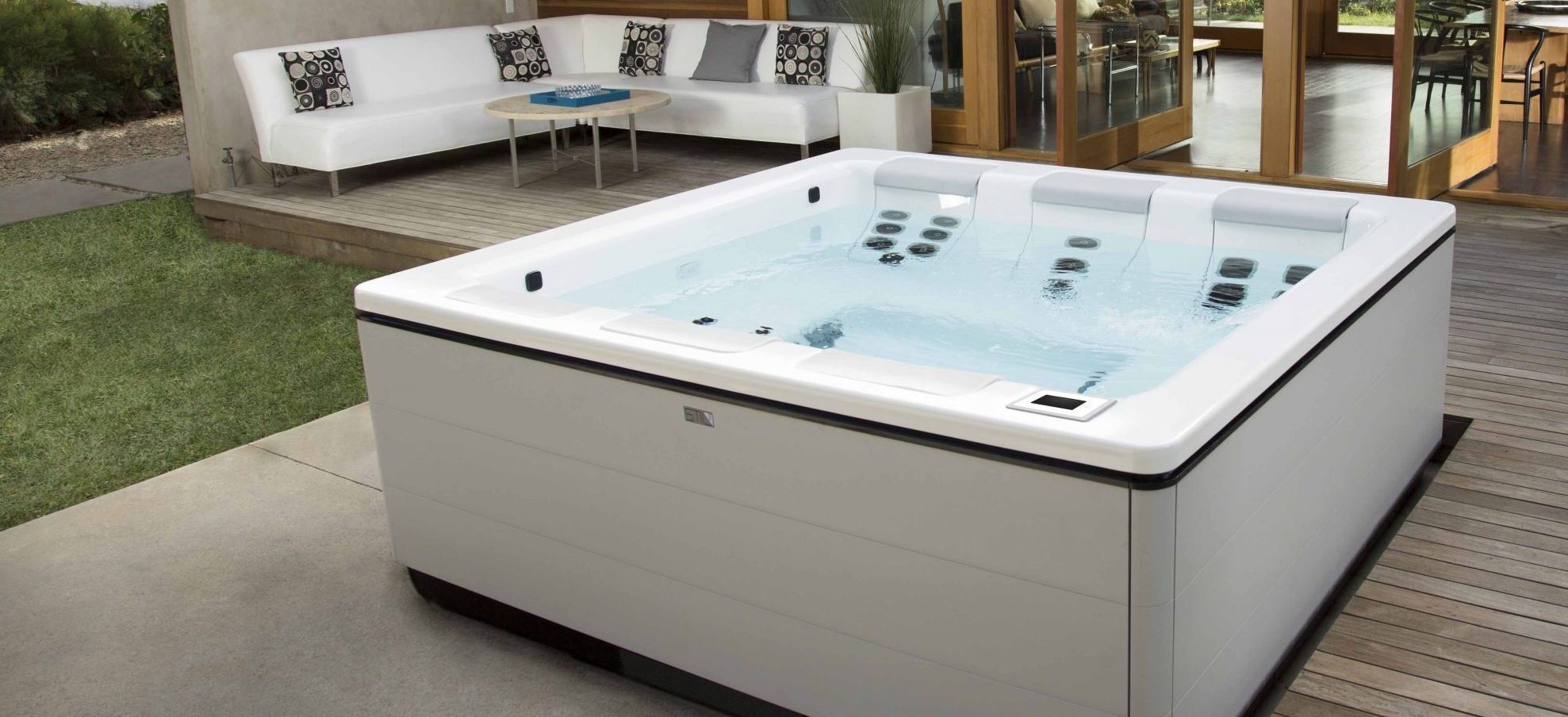
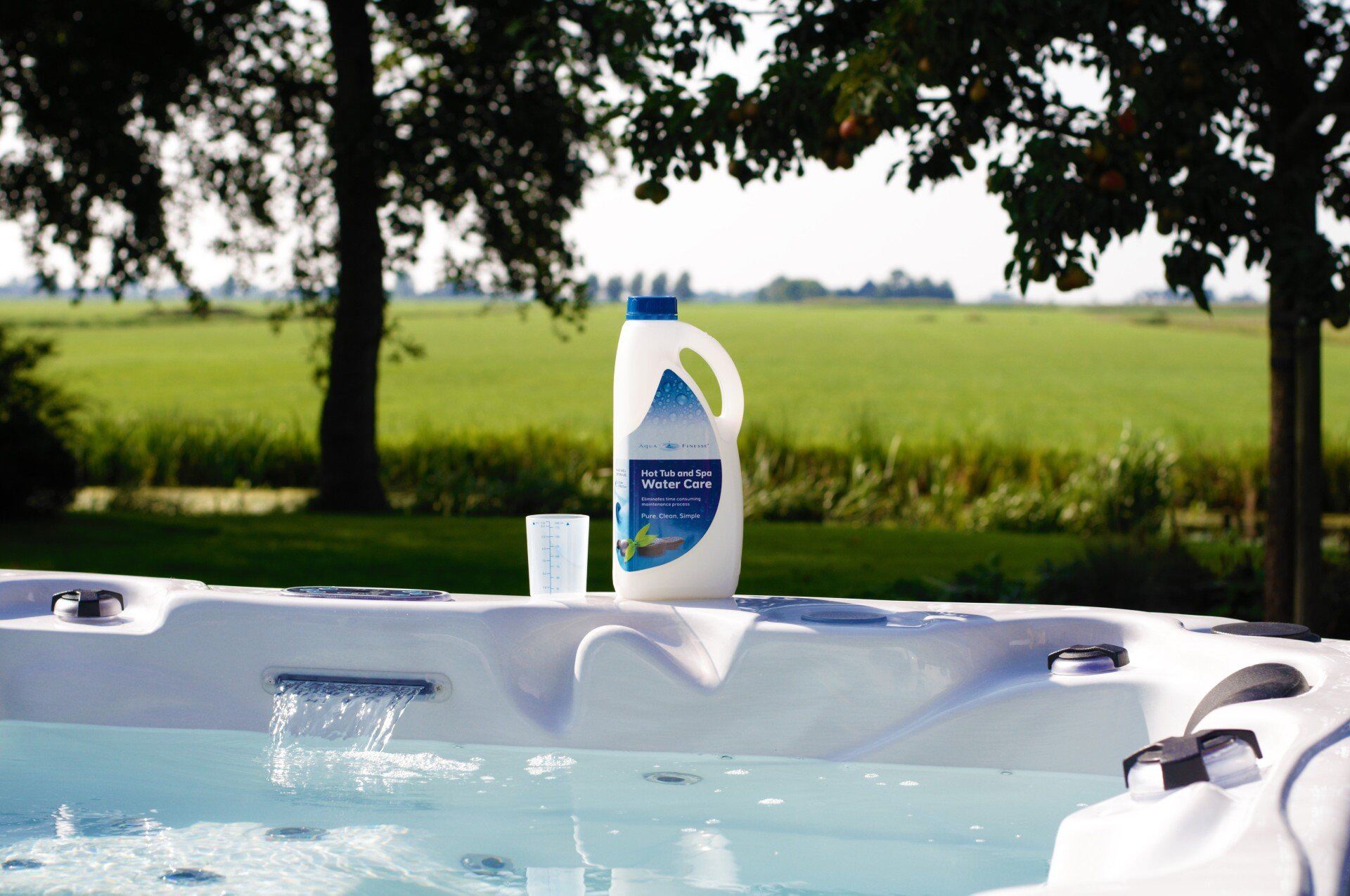
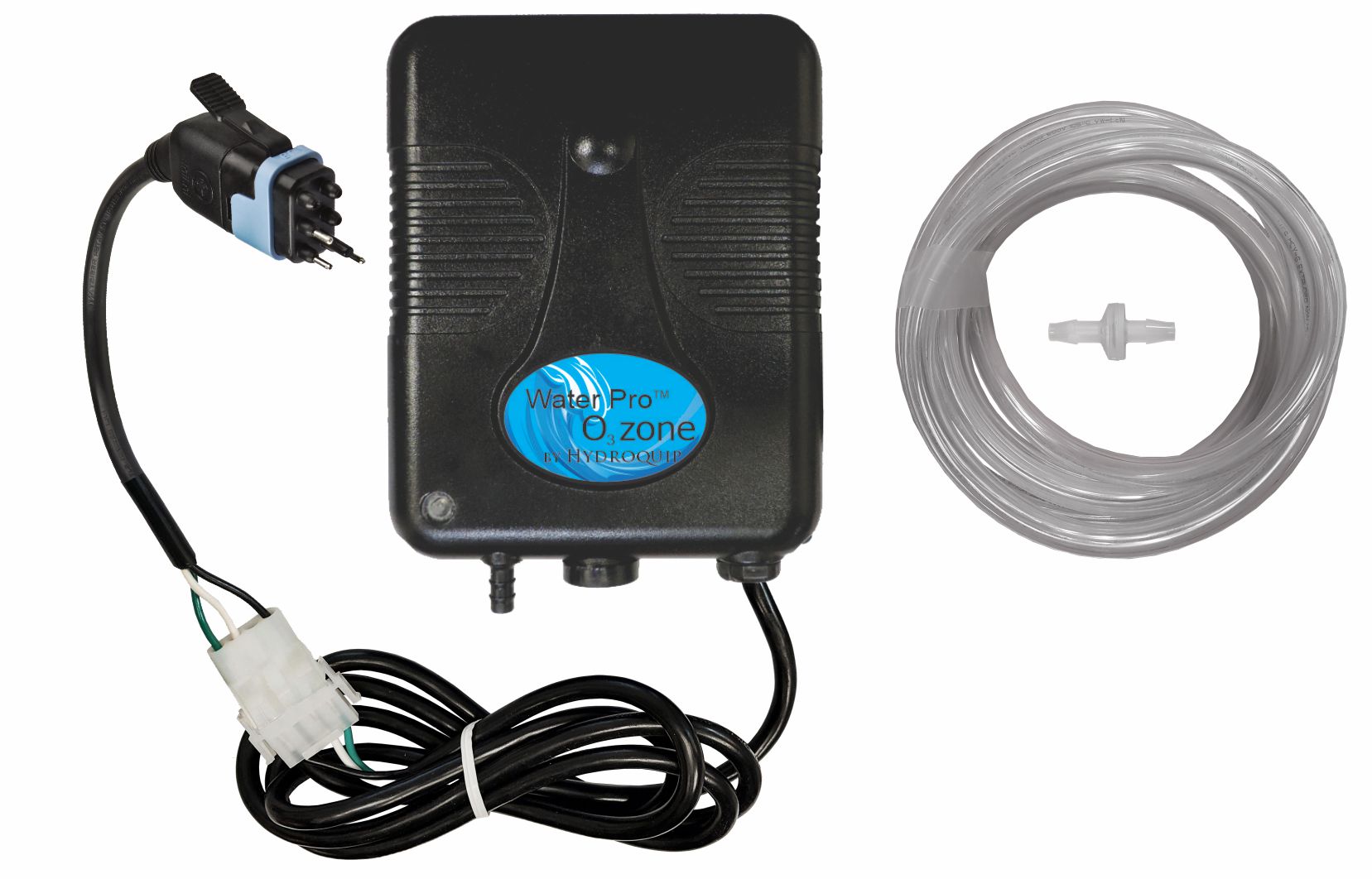
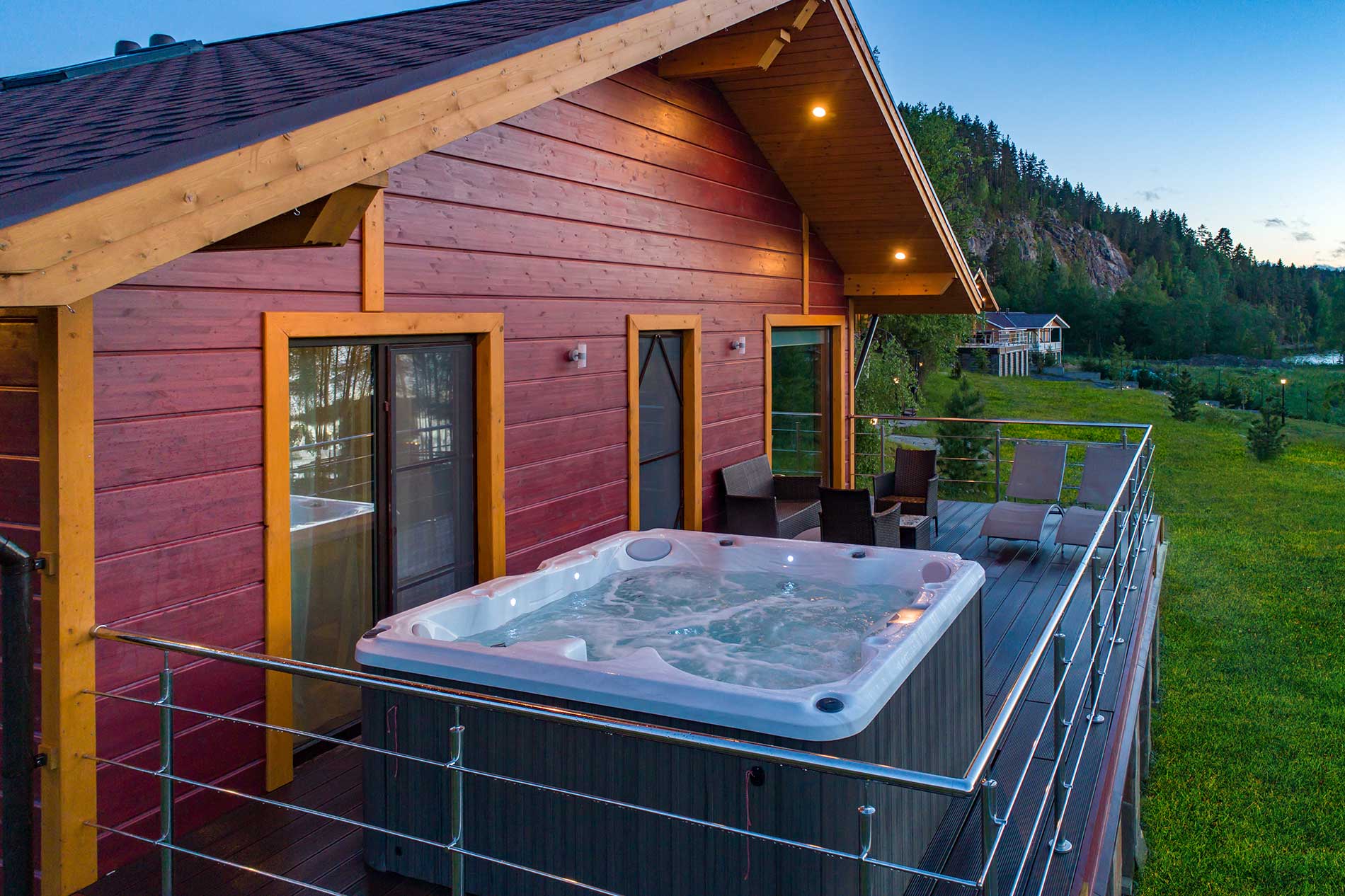
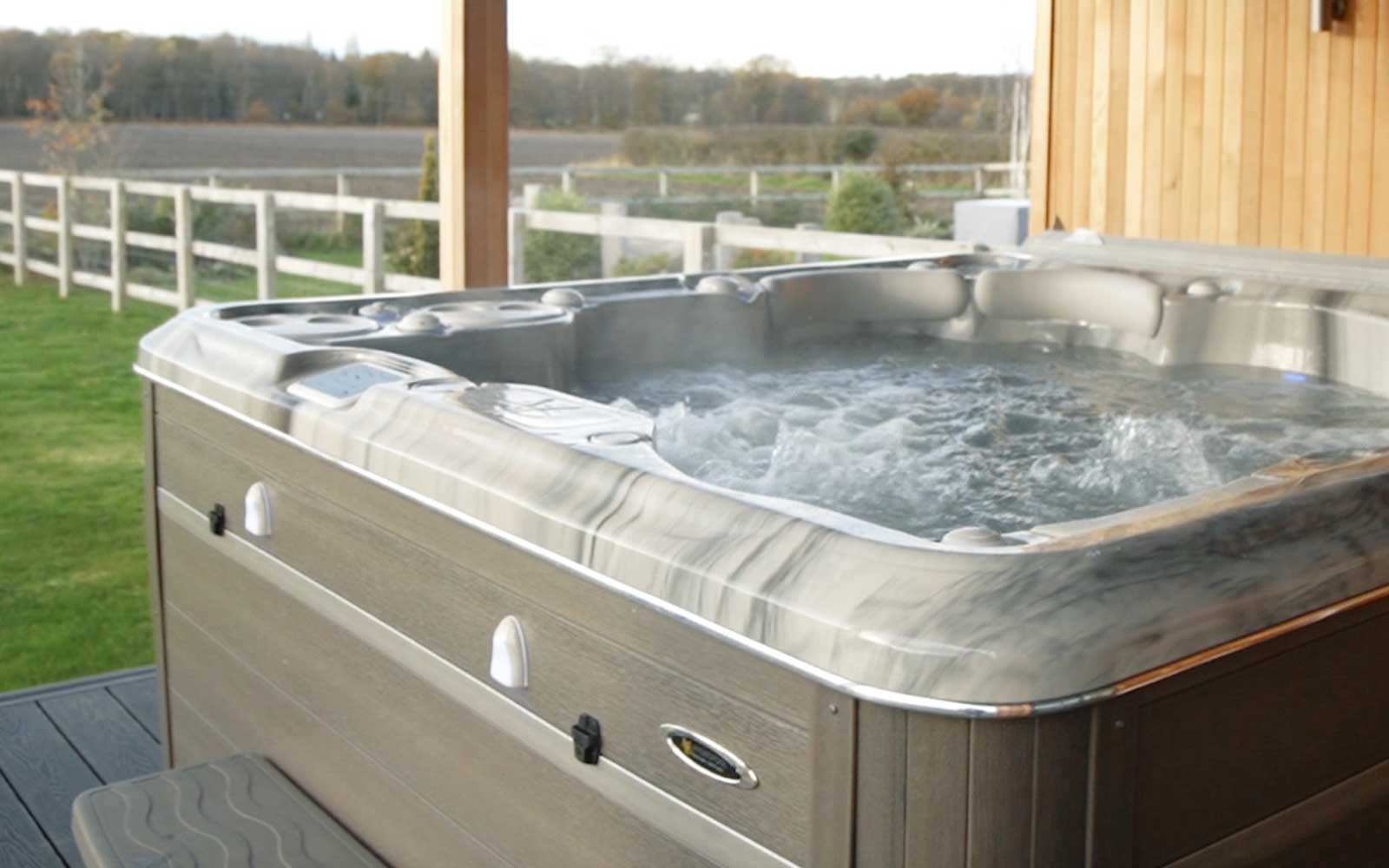
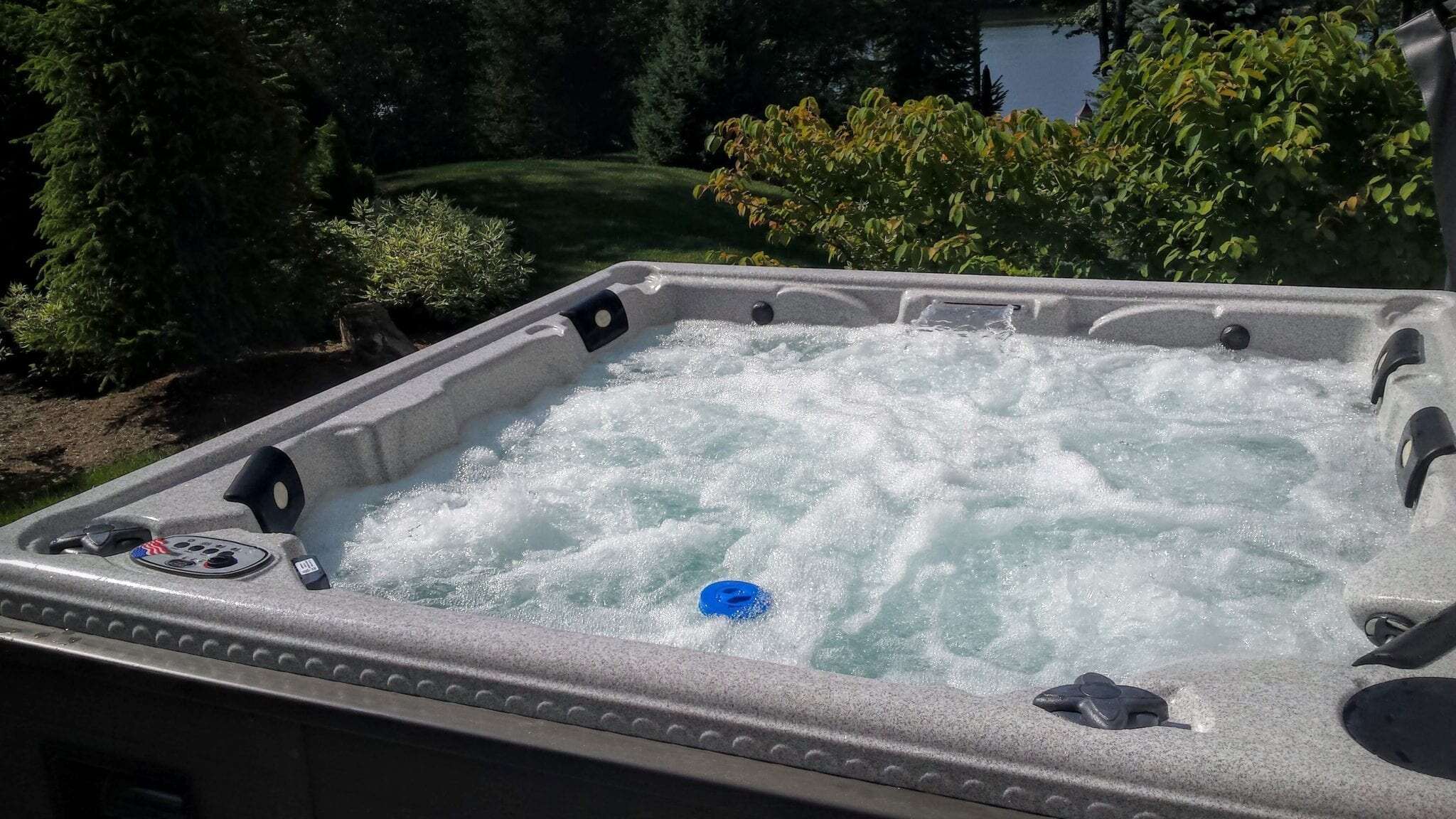
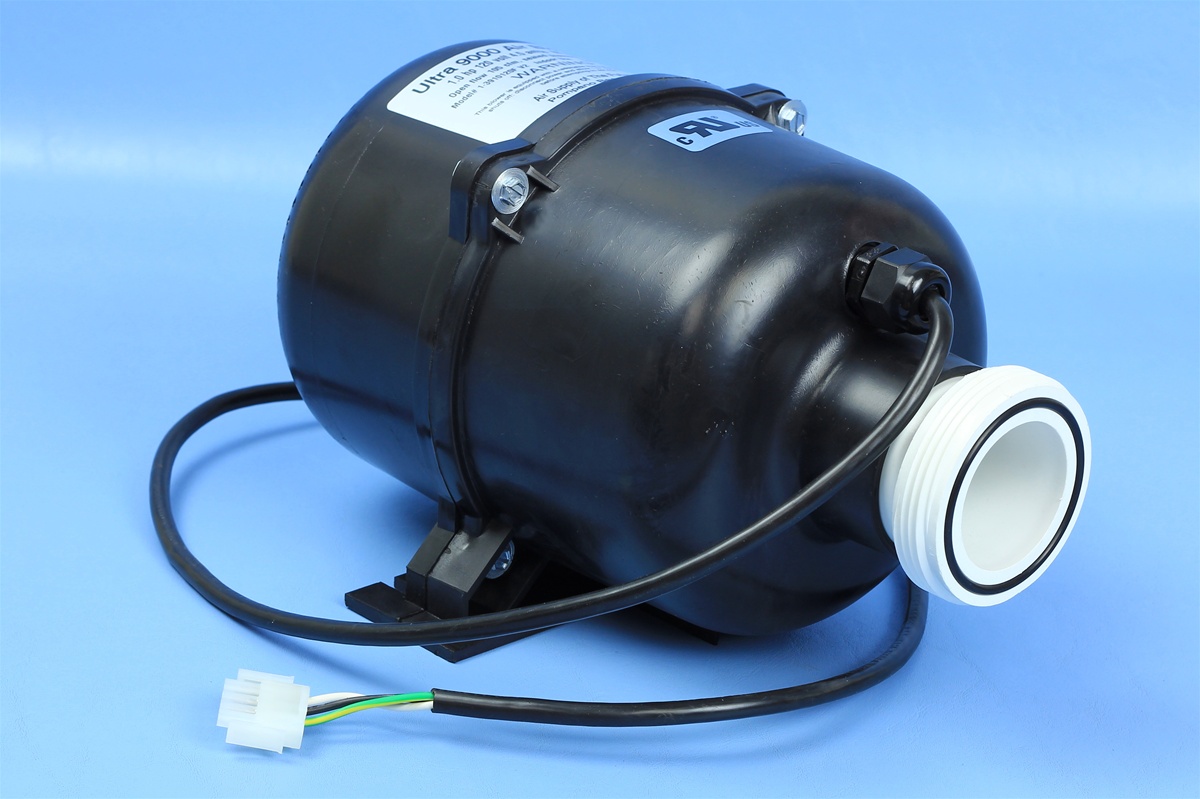
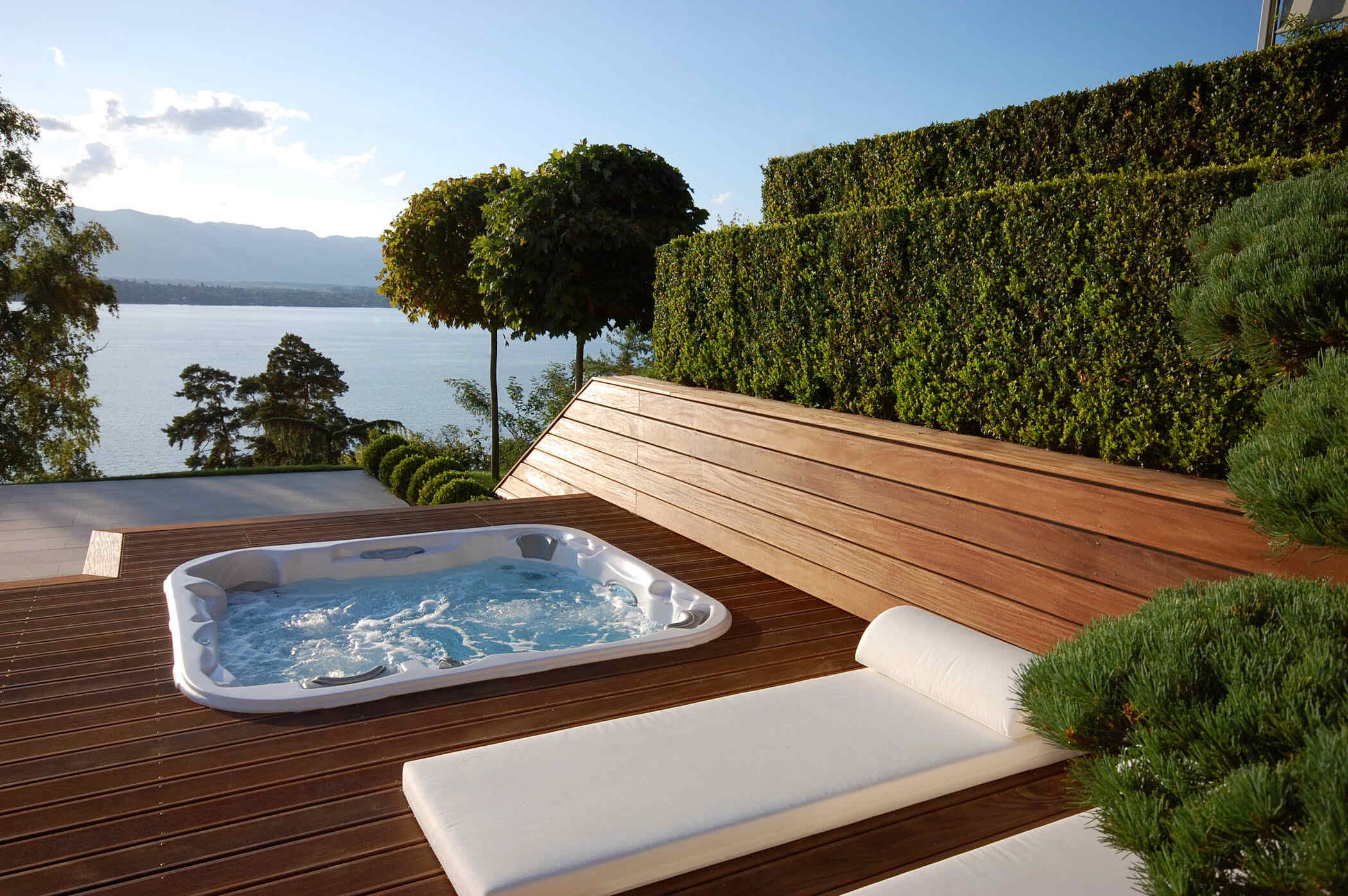
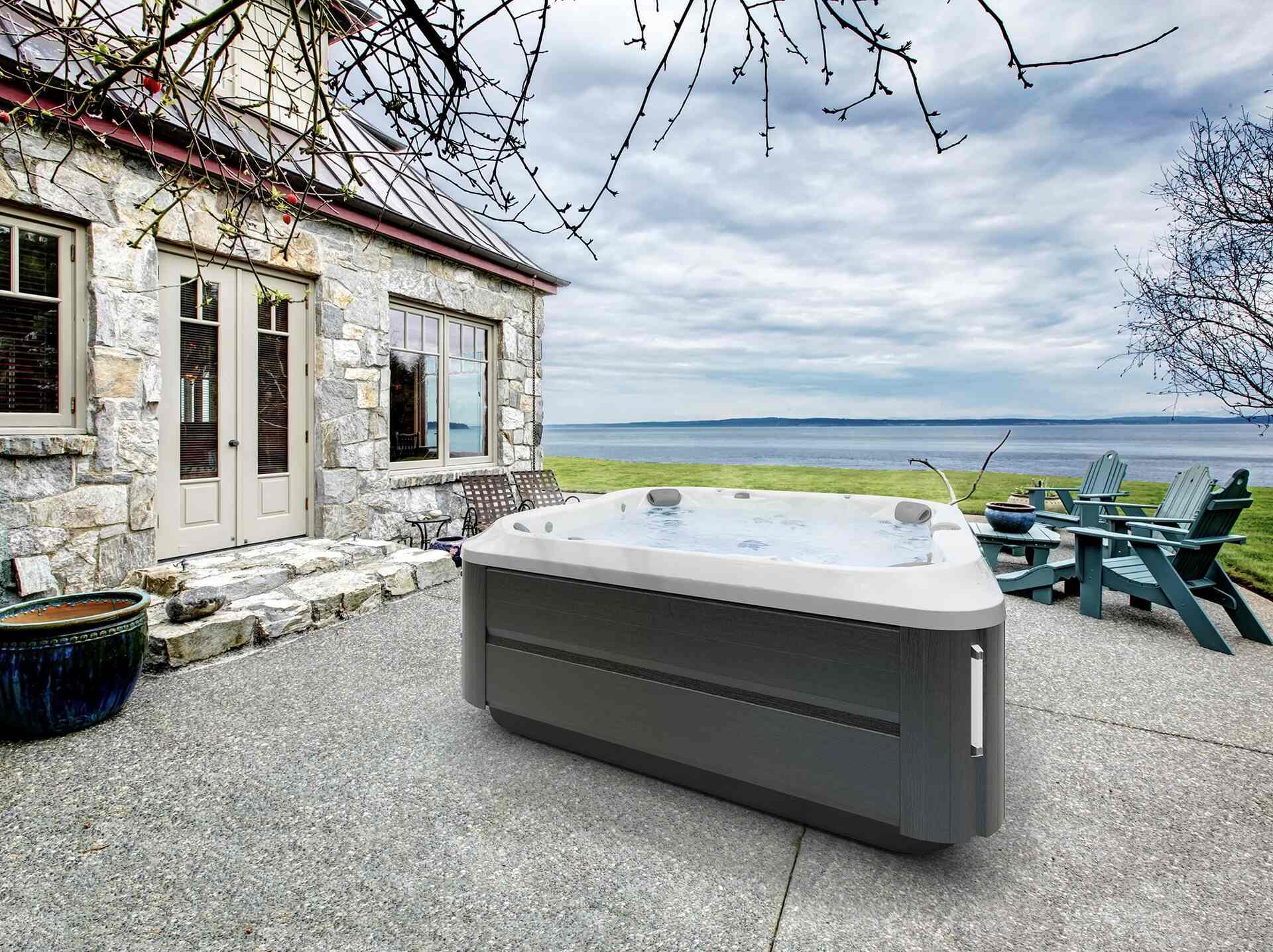

0 thoughts on “What Is Bromine In A Hot Tub”